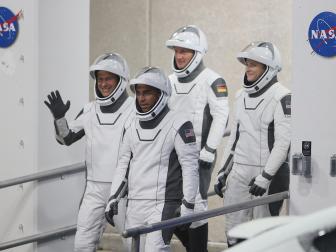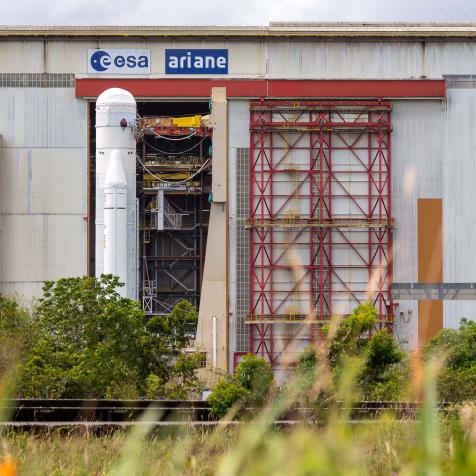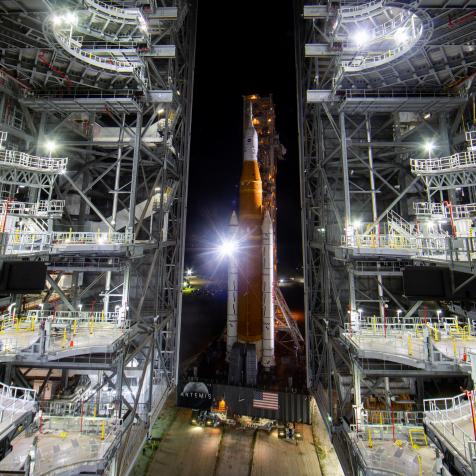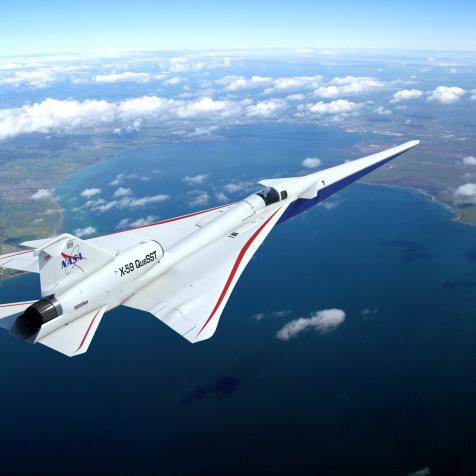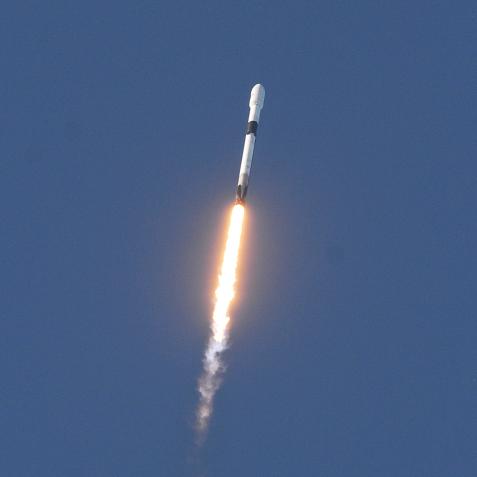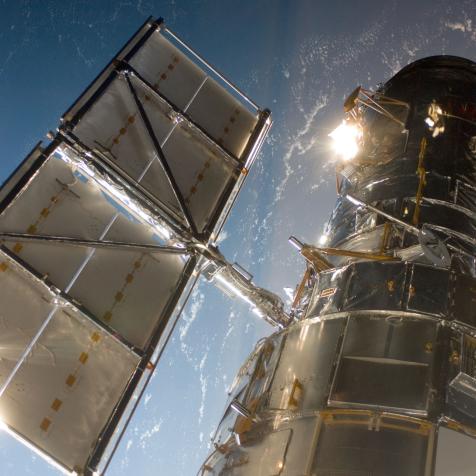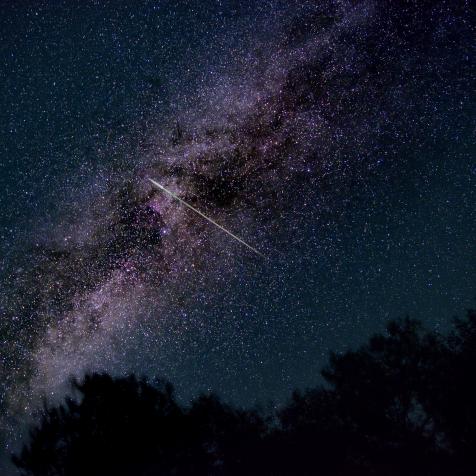
NASA
We Have Liftoff! NASA/SpaceX Crew-3 Mission is En Route to the ISS
Congrats on a successful liftoff for NASA/SpaceX's Crew-3 Dragon propelled by the Falcon-9 rocket on Wednesday, November 11 at 9:04 PM ET.
As this crew makes their way to the International Space Station, NASA will be observing the dragon capsule closely all the way to docking at 7:10 PM ET.
Updated May 6, 2022
After nearly 6 months in space, Crew-3 splashes down off the coast of Florida to complete their mission to the ISS.
November 10, 2022
After previous delays for a crewmember's non-emergency medical issue and poor weather conditions, SpaceX's Crew-3 mission began their journey to the ISS at 9:04 PM ET Wednesday, November 10.
NASA astronauts Raja Chari, Tom Marshburn, Kayla Barron, and European Space Agency (ESA) astronaut Matthias Maurer are on board the spacecraft, currently make making their way to the International Space Station. Maurer will serve as mission specialist, staying aboard the ISS for a six-month science mission until April 2022.
Experience the Crew-3 Journey to the ISS
Liftoff to Space: NASA and SpaceX Crew-3 Mission 22 Photos
From pre-flight preparations and beyond, here are updates from the NASA and SpaceX Crew-3 mission to the International Space Station (ISS). NASA astronauts Raja Chari, Tom Marshburn, Kayla Barron, and European Space Agency (ESA) astronaut Matthias Maurer will be aboard the spacecraft, replacing the crew that successfully landed in the Gulf of Mexico Monday night.Crew-3 is set to lift off at 9:03 P ET from NASA's Kennedy Space Center.Watch SPACE LAUNCH LIVE: CREW-3 LIFT OFF on Science Channel at 8 P ET today to follow Crew-3's journey to ISS.



































































